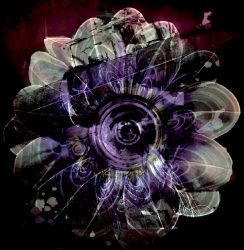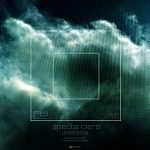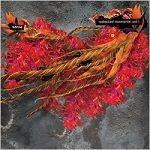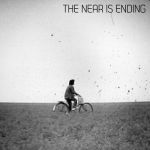There is, has been and will always be, a lot of debate about what “ambient” music is. Whatever you think of that, the word definitely has ambience in it, so the music will probably have something to do with the atmosphere of your surroundings.
Closely related, yet still an entirely different matter, are what we call Field Recordings, and/or Environmental Soundscapes.
The first strive to record environmental sounds as closely as possible to its origin, the second add an emotional dimension to that recordings by deliberately manipulating these recordings into a soundscape. Which, inevitably leads to the discussion about the moment when sound becomes music.
Chris Watson is one of the very few real masters of this area (which might be a lot more challenging than you’d suspect). He was one of the founding members of Sheffield’s Cabaret Voltaire and the Hafler Trio, and started another career as a television sound recording engineer in 1981.
Recording and documenting natural sounds, he has also specialised in assembling these recordings to fascinating soundscapes.
Most of his memorable works have been released on the Touch label, that recently presented his latest masterpiece: “El Tren Fantasma” (The Ghost Train).
And after listening to this album for quite a few times, I can easily state that this is certainly one of the most impressive soundscapes available.





